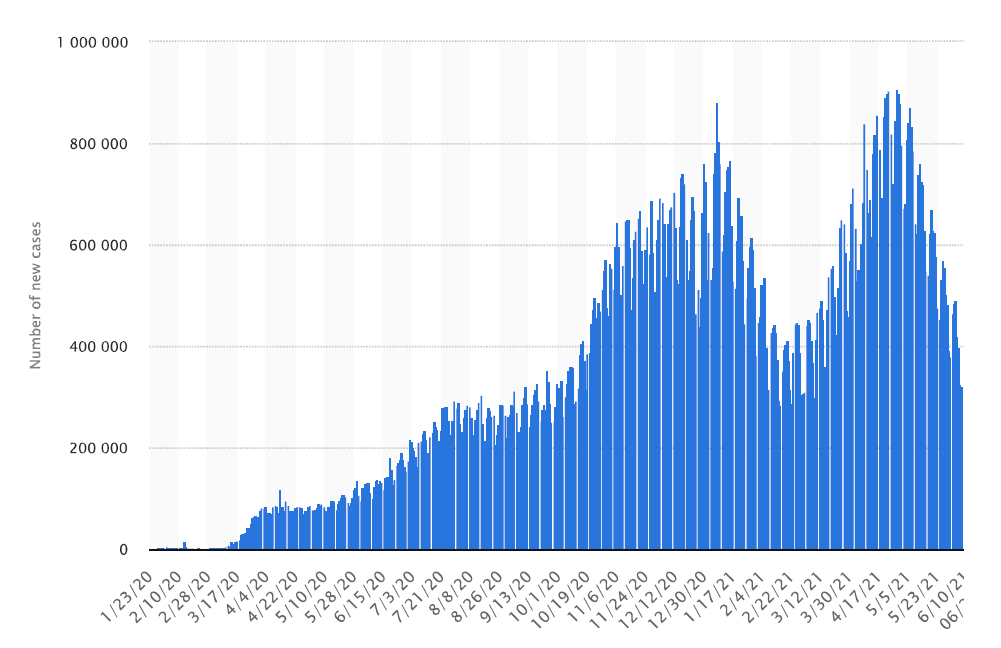Aggressive QD/OLED Forecasts, Tick-Tock
The TFT process steps used for QD/OLED, which are similar in that they use the same photolithographic processes as would be used for WOLED displays, but require more mask steps to create the structures needed to drive the QD/OLED display. This makes the process slower, more complex, meaning more chance for issues, and more costly. SDC has been working toward reducing the number of mask steps in order to reduce the overall QD/OLED production cost.
Considering the amount of time SDC has been in actual mass production with the QD/OLED process, as is typical of new display production processes, yields started out very low, with more than 50% of the displays having to be scrapped, but in recent months SDC has indicated that yields have improved significantly, first to 75% and more recently to 85%, a very significant improvement. That said, it gets progressively harder to make yield improvements as yields increase, as process improvements tend to be smaller, and SDC’s goal of bringing yield up to 90% by year-end will likely take as much or more effort than the improvement from 75% to 85%. One way this can be done is by using MMG (Multi-mode glass), a process by which different size panels are processed on a single Gen 8.5 sheet, rather than all being of the same size. This can improve the substrate efficiency (reducing wasted substrate), although it can take more time to process.
The goal of all of these process and yield improvement goals is to lower the overall cost of the QD/OLED panels to give them a better chance to compete against LG Display’s WOLED panels and Mini-LED LCD panels from a variety of panel producers, particularly to gain favor with parent Samsung Electronics (005930.KS), whose potential deal to purchase 2m OLED panels for a new Samsung OLED TV line with LG Display fell through. This leaves Samsung with only the relatively small number of QD/OLED TVs it is able to purchase from SDC, which barely makes a dent in its overall TV line. If SDC is able to bring down the price to a point at which the panels become more attractive to parent Samsung Electronics, SDC will be able to justify expanding production capacity for QD/OLED in 2023/2024. However if they are not able to bring down the QD/OLED panel cost sufficiently, we expect Samsung Electronics will lose interest and focus its attention on Mini-LED, quantum dots, a micro-LED in 2023/2024.
OMDIA has made some projections as to the cost of producing QD/OLED panels at SDC, which indicates how aggressive the SDC goals are. If they are met, they will bring down costs to or below those of the WOLED process, and since the cost of WOLED panels was the reason for the failure of the Samsung/LG Display OLED deal, they will become quite attractive to Samsung Electronics. The goal is to reduce the cost of panel production from 1H ’22 by 40% by year-end, which would also represent a greater than 60% reduction from the cost a year ago, and while we cannot confirm that the OMDIA estimates are the same as those used by SDC, they would seem to be getting the panel costs to or close to a competitive price point. Not an easy job for SDC and not a lot of time to do it, but a decision about adding new capacity must be made soon if capital is to be allocated and equipment is to be ordered, especially given the relatively long lead times for more specialized tools so the clock is ticking.

 RSS Feed
RSS Feed